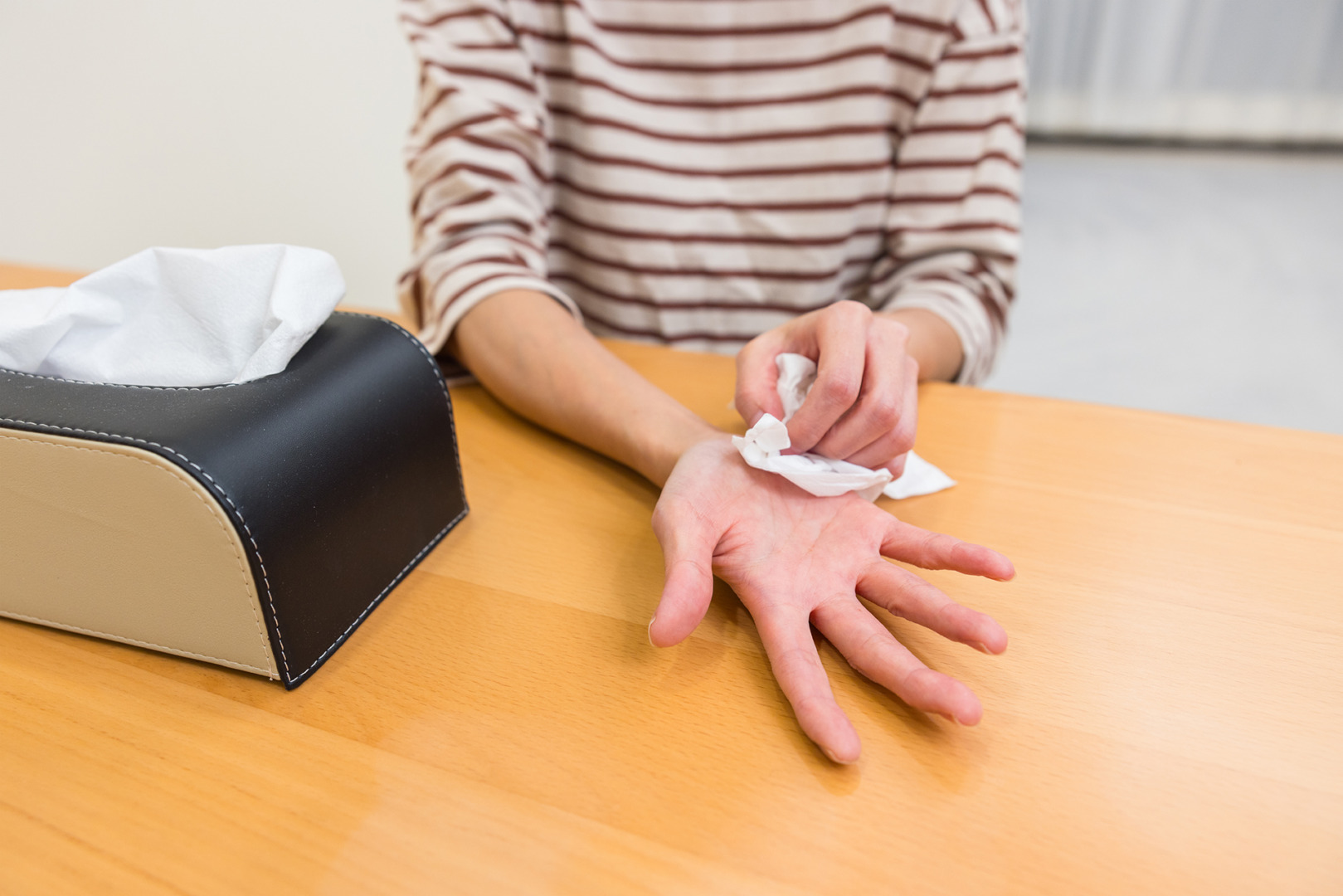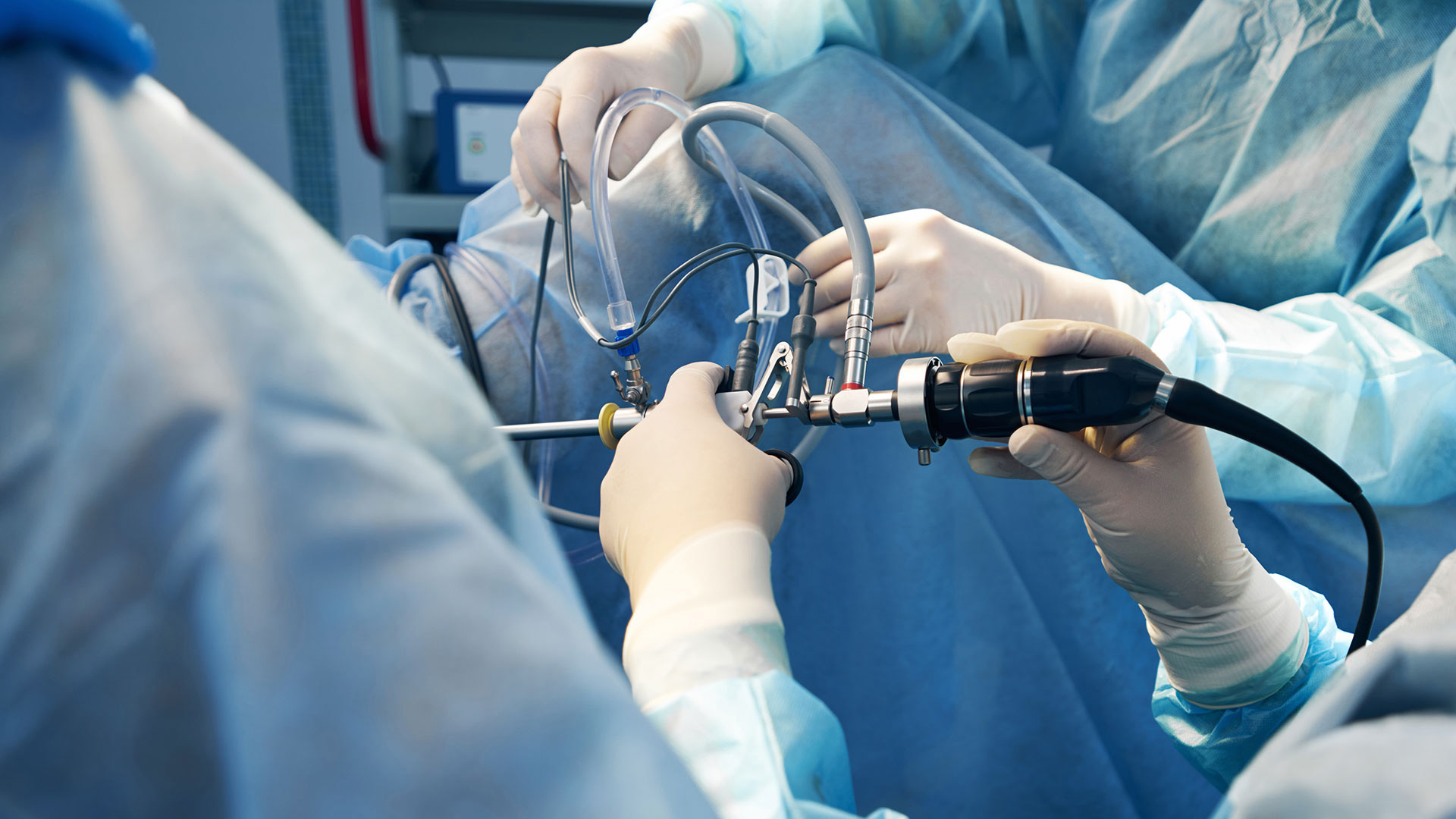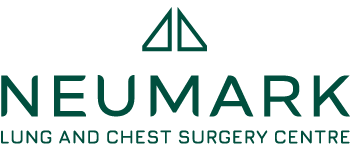What Is Hyperhidrosis?
Hyperhidrosis is a condition that affects many people. It causes excessive sweating beyond what the body needs for temperature regulation. It can affect any body part, including hands, feet, armpits, and the face, causing social and professional challenges. The constant worry about visible sweat marks or damp handshakes can overwhelm many sufferers, including 4.8% of the world’s population. Thankfully, medical treatments can help manage this condition and improve the overall quality of life.
Hyperhidrosis can be categorised into two main types: focal and generalised. Focal hyperhidrosis is when excessive sweating is localised to specific body areas. This includes palmar hyperhidrosis (sweaty palms), plantar hyperhidrosis (sweaty soles), palmoplantar hyperhidrosis (sweaty palms and soles), axillary hyperhidrosis (sweaty underarms), and inguinal or Hexel’s hyperhidrosis (sweaty groin area). Generalised hyperhidrosis affects the whole body, causing widespread sweating that is more difficult to manage.

When Do I Need To Seek Care from a Hyperhidrosis Specialist?
The line between normal sweating and hyperhidrosis can sometimes be blurry, but there are clear indicators that it’s time to see a hyperhidrosis specialist.
Hyperhidrosis warrants medical attention when everyday tasks like gripping objects, turning doorknobs, using electronic devices, or even shaking hands become problematic due to excessive sweating.
If you’re avoiding social engagements or professional interactions because of embarrassment relating to your perspiration, a hyperhidrosis specialist can offer solutions your general practitioner may not know.
The physical consequences of hyperhidrosis go beyond inconvenience or anxiety. Persistent moisture creates an environment for skin infections, particularly fungal conditions that thrive in warm, damp areas. If you’re experiencing recurrent skin infections, maceration (softening and breaking down of skin) or dermatitis, these complications mean specialist intervention is needed.
People with hyperhidrosis often report waking up to sweat-soaked bedding or experiencing unprovoked sweating episodes during cool weather or while sedentary. This pattern distinguishes pathological hyperhidrosis from normal thermoregulatory sweating. Various factors, including emotional triggers and environmental conditions, can influence the severity of hyperhidrosis.

Why See a Hyperhidrosis Specialist like a Thoracic Surgeon
While general practitioners can diagnose hyperhidrosis, a specialist, such as a dermatologist or thoracic surgeon with expertise in excessive sweating disorders, offers distinct advantages. Hyperhidrosis specialists have in-depth knowledge of the condition and stay up-to-date with the latest treatment options.
Importantly, specialists can determine if your condition is primary or secondary hyperhidrosis caused by an underlying medical condition. This is key as it fundamentally changes the treatment approach. Secondary hyperhidrosis may indicate serious conditions, including thyroid disorders, diabetes, infections or certain malignancies.
Hyperhidrosis specialists can recommend treatment options tailored to individual patient needs. They will assess you thoroughly, possibly including sweat production tests, to determine the severity of your condition and the best treatment pathway, considering the nervous system’s role in sweating. They can also develop a plan that considers your thoughts, moving from more conservative approaches to more interventional options.

Thoracic Approaches: Advanced Solutions for Severe Hyperhidrosis
Thoracic surgical interventions are a highly effective option for patients with severe hyperhidrosis that doesn’t respond to conventional treatments. The thoracic surgeons at Neumark Lung & Chest Surgery Centre specialise in these procedures, particularly endoscopic thoracic sympathectomy (ETS).
ETS involves a minimally invasive surgical procedure that interrupts the sympathetic nerve chain responsible for excessive sweating. Through small incisions in the chest, surgeons use special instruments to identify and precisely modify the relevant sympathetic ganglia. This procedure is most effective for palmar (hand) and axillary (underarm) hyperhidrosis, with success rates over 95% for hand sweating.
The procedure is minimally invasive, so hospital stays are short, usually with a day surgery or overnight observation, and recovery times are relatively quick compared to open surgery. Most patients can return to normal activities within a week and experience immediate and permanent relief of hyperhidrosis symptoms in the treated areas. This procedure addresses the overactivity of the sympathetic nervous system, which is a key factor in conditions like palmar hyperhidrosis.
While effective, thoracic sympathectomy requires careful patient selection and full discussion of potential side effects, including compensatory sweating. At Neumark Lung & Chest Surgery Centre, our thoracic specialists ensure that patients are fully informed of the benefits and limitations of each treatment option so they can make an informed decision tailored to their circumstances.

Finding Your Way Forward
You don’t have to live with hyperhidrosis. Many options exist, from prescription antiperspirants to innovative procedures like iontophoresis, botulinum toxin injections and other treatments. A doctor may prescribe oral medications like anticholinergic drugs to manage hyperhidrosis symptoms. Botox is also an option for blocking the nerve signals that trigger sweat production. Most importantly, you must understand the range of options available to you, and you should have a specialist who understands hyperhidrosis’s physical and emotional aspects and can guide you through the right treatment options.
If sweating is holding you back, impacting your confidence, comfort or ability to do daily activities, it’s time to see a hyperhidrosis specialist. At Neumark Lung & Chest Surgery Centre, our thoracic specialists will assess you thoroughly and create a treatment plan tailored to your symptoms and needs. Contact Neumark today to book a consultation with our hyperhidrosis specialists.

